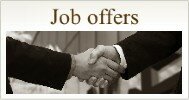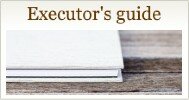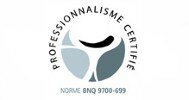Clearance Certificate
Responsibility: Canada Revenue Agency
Before distributing a deceased person's assets, the executor of the estate will need to obtain authorization from the Canada Revenue Agency by completing the "Application for a Clearance Certificate" form.
The purpose of this certificate is to release the executor from any personal liability for the deceased's unpaid taxes, interest and penalties.
Clearance Certificate
As the legal representative, it is in your interest to obtain a clearance certificate before distributing the deceased's assets. A clearance certificate certifies that all of the deceased's debts to us have been paid or that we have accepted security for payment. If you do not get a clearance certificate, you may be responsible for paying the deceased's debts. A clearance certificate covers all tax years up to the date of death, but does not apply to debts of a trust. A separate clearance certificate is required for a trust.
To obtain a certificate, you must complete Form TX19, Request for a Clearance Certificate, and send it to the Assistant Director of the Audit Division of your tax services office. Do not attach Form TX19 to a return. Send it only after you have received the notices of assessment for all returns filed and after you have paid or secured all amounts due.
Do not send us Form TX19 until:
you have filed all required returns and before you have received notices of assessment;
and all income taxes (including provincial and territorial taxes administered by us), Canada Pension Plan contributions, Employment Insurance premiums, and any related interest and penalties have been received or secured.
Provide the documents we request below to help us issue the certificate without delay. Attach to this Form TX19 the documents that apply to your situation:
- a copy of the will, including any codicils, waivers or disclaimers, and any probate documents (if the individual died without a will, a copy of the document naming an administrator, and details of the proposed distribution of property, including the name, address, and social security number or account number of each beneficiary and their relationship to the deceased);
- a copy of the trust document;
- a statement of assets and the plan of distribution, including the date chosen for the distribution of the assets and a list of the beneficiaries of each asset (this statement must describe each asset and must provide its adjusted cost base and fair market value on the date of death or the date of distribution)
- any other documents required as proof that you are the legal representative
- a letter of authorization signed by you if you want us to contact someone other than you.












